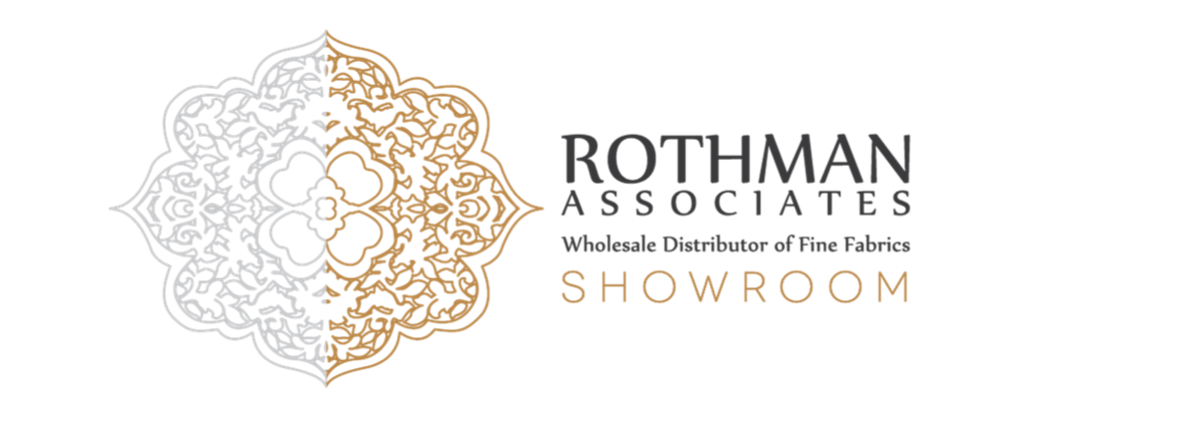Diving Deep into Textures: The Art of Layering in Interior Design
In interior design, textures are more than just a tactile experience—they are the secret ingredient that transforms a room from ordinary to extraordinary. Whether through the subtle weave of linen drapes, the cozy embrace of bouclé cushions, or the smooth elegance of polished wood, textures add depth, character, and emotion to a space.
Let’s dive into the world of textures and explore how they can elevate your interiors to new heights.
Image Copyright© pierrefrey.com
Why Texture Matters
Texture is often the unsung hero of design. It introduces contrast, engages the senses, and creates layers that make a space feel alive. A room that incorporates a variety of textures feels balanced and multidimensional, drawing people in and inviting them to linger.
Think of texture as the bridge between visual and tactile elements:
A sleek marble table paired with soft velvet chairs adds contrast.
A natural fiber rug layered beneath a smooth leather sofa balances rugged and refined.
An accent wall in textured wallpaper adds depth to an otherwise simple space.
Key Textural Elements for 2025
Linen
Linen is timeless, offering a natural elegance that works beautifully in both casual and formal settings. Its soft, organic texture adds a relaxed vibe, making it perfect for curtains, upholstery, or table linens.
Bouclé
The darling of contemporary design, bouclé adds a sense of comfort and luxury to any room. Whether it’s a statement chair or accent cushions, its rich, nubby texture invites touch and enhances visual interest.
Image Copyright© dedar.com
Natural Fibers
Materials like jute, sisal, and wool bring a grounded, earthy quality to interiors. Rugs, baskets, and throws in these fibers complement modern and rustic styles alike.
Wood and Stone
These timeless elements create a sense of permanence and authenticity. Polished wood brings warmth, while textured stone adds depth and a connection to nature.
Metallic Accents
While not a traditional texture, metallics like brushed brass or hammered iron add a layer of shine and contrast, balancing softness with an industrial edge.
Layering Textures: The How-To
Start with a Base
Begin with a foundational texture, such as smooth walls or a large area rug. This sets the stage for layering.Mix Complementary Textures
Pair contrasting materials like soft velvet with sleek leather, or rustic wood with polished metal. The contrast adds intrigue.Play with Scale
Balance large-scale textures like chunky knit throws with finer details like embroidered pillows.Don’t Forget the Walls
Textured wallpaper, wood paneling, or even plaster finishes can add dimension to vertical surfaces, making the entire room feel more dynamic.Keep It Cohesive
Stick to a cohesive color palette to ensure the textures work together harmoniously, rather than competing for attention.
Rothman Showroom: Your Destination for Textural Elegance
At the Rothman Showroom, we curate collections that celebrate the beauty of texture. From luxurious bouclé upholstery to handwoven rugs and natural linen drapery, our pieces are designed to inspire and elevate.
As 2025 marks a renewed focus on texture in design, we’re excited to help you bring this trend into your home. Visit us to explore how texture can transform your space into a sanctuary of depth and warmth.
The Year of Texture
2025 is shaping up to be the year of texture—where design is not just seen but felt. By layering materials, combining contrasts, and embracing tactile beauty, you can create a home that is as inviting as it is inspiring.
Let’s dive deep into textures together and make your home a masterpiece of layered elegance.









